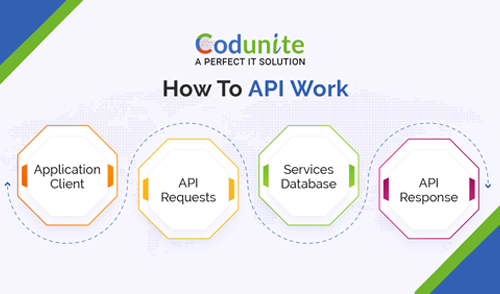
What Is Api
Programming interface is an abbreviation that means "application programming interface," and it permits applications to send data between one another. While there are various conventions and advancements included, the hidden motivation behind APIs is consistently something similar: to let one piece of programming speak with another.
APIs (in some cases depicted as web administrations) work behind the scenes at whatever point two applications associate, from sending texts to making buys through web based tagging frameworks. This all occurs in the background, making client encounters easy.
Engineers use APIs to upgrade their items by getting to another organization's information, programming, administrations, or code, accordingly giving extra highlights while setting aside time and cash.
APIs make accommodations for end clients and engineers the same—yet there's something else entirely to the story than that. In this post, we'll cover how to utilize an API, investigate the various sorts of APIs, guide you towards picking the right APIs for your association, and offer tips on effectively assembling your own.
